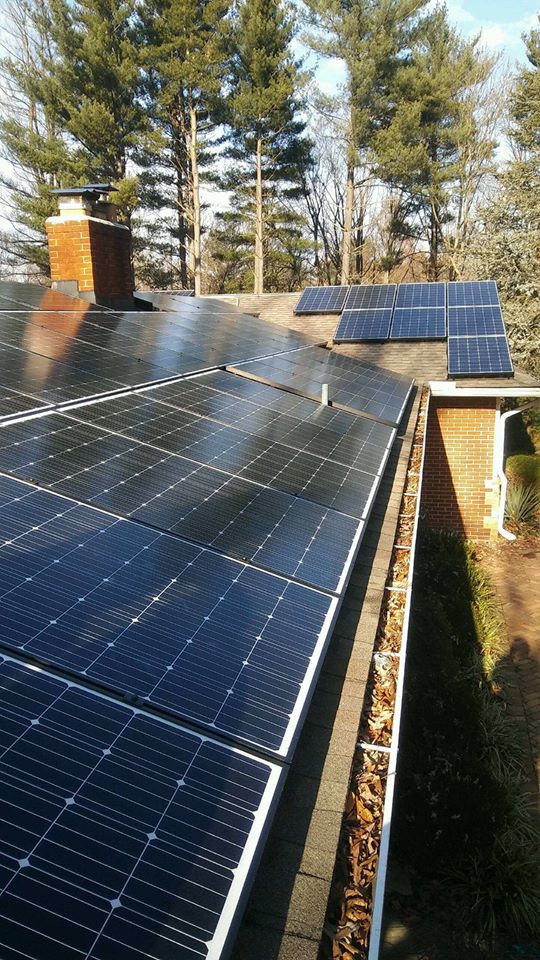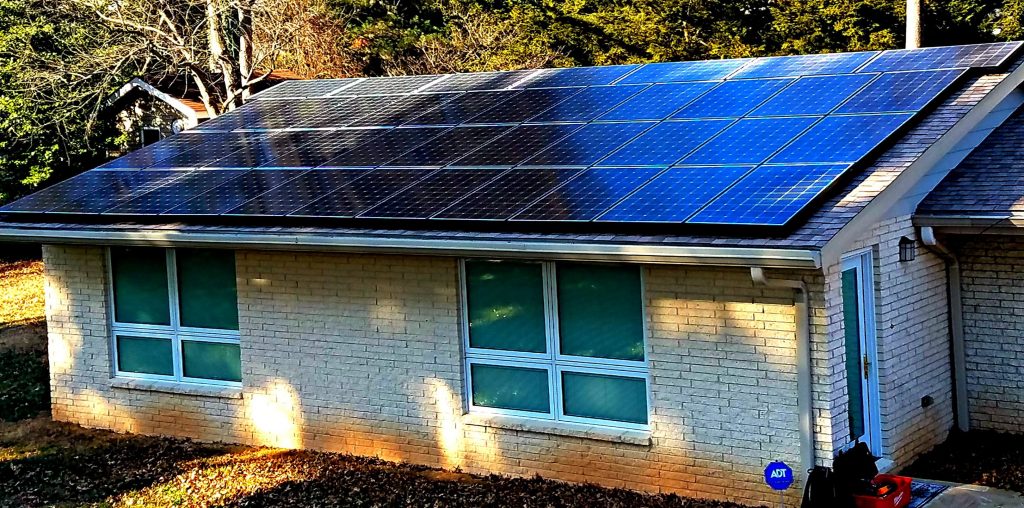Proud of our solar installation done by MSSI in Linthicum MD!
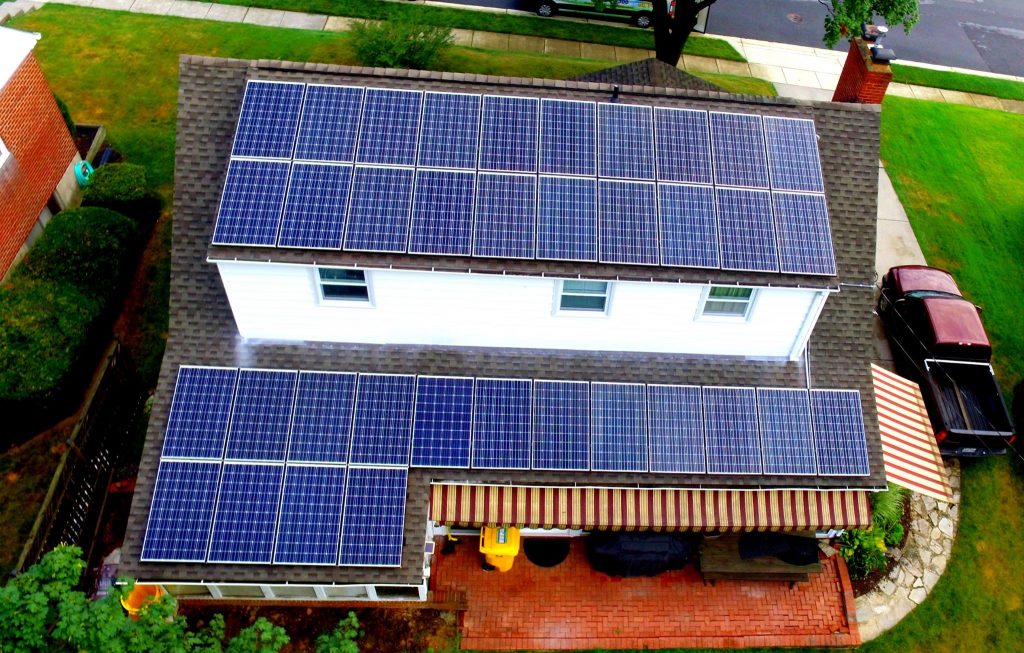

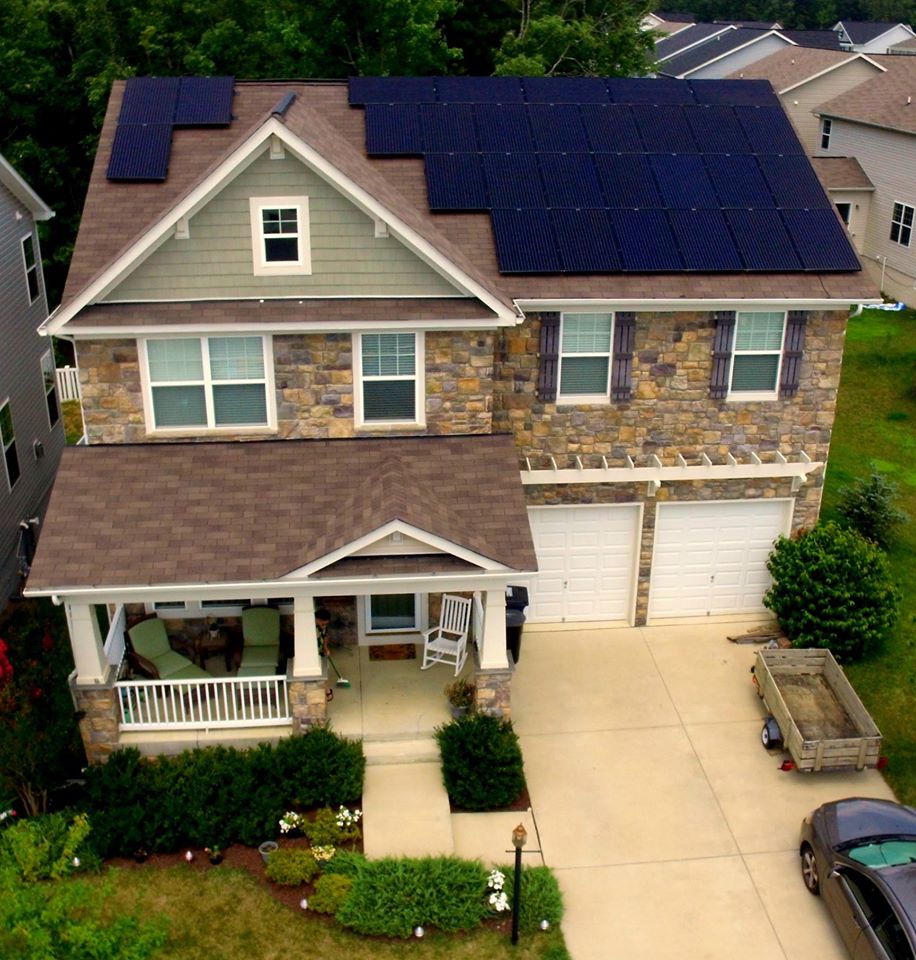
Our customer’s in Glen Burnie MD added a great look to their home with a solar installation!
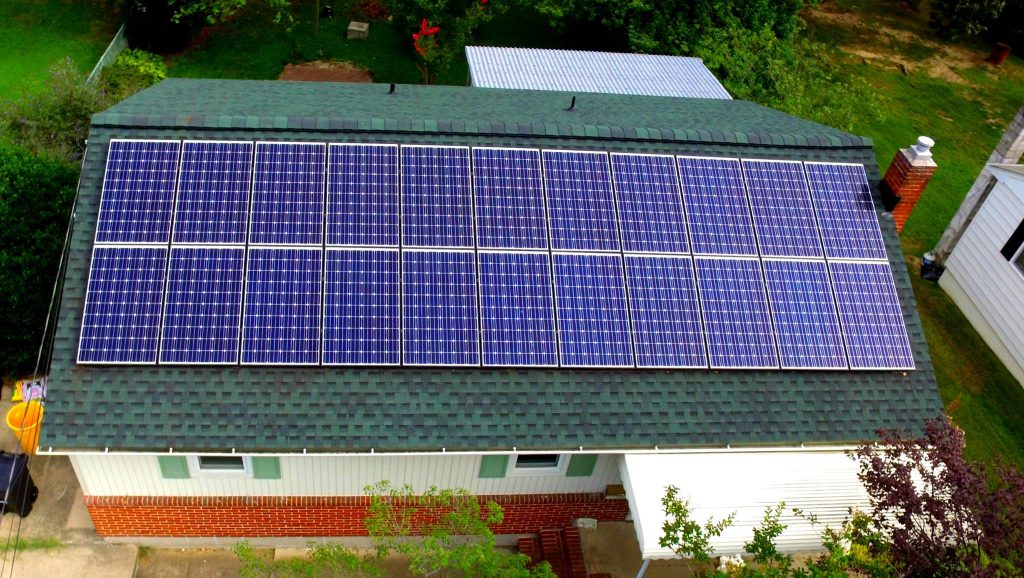
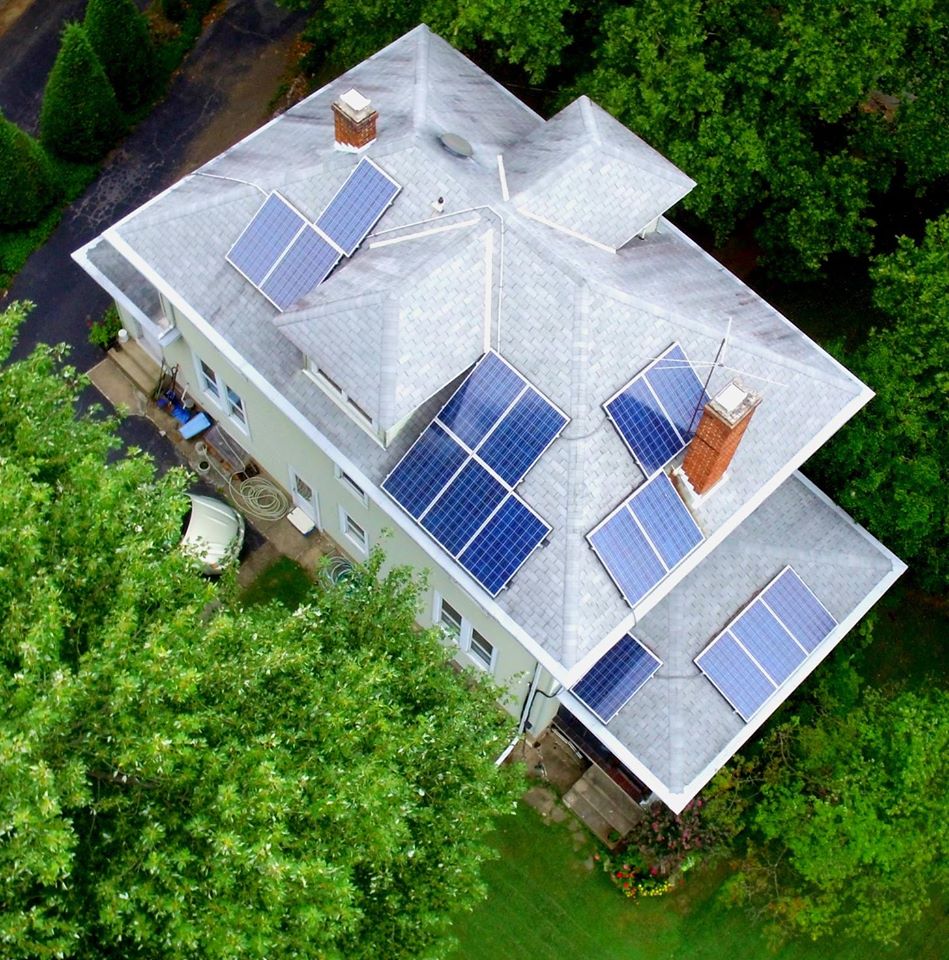
Going green in Clinton MD!
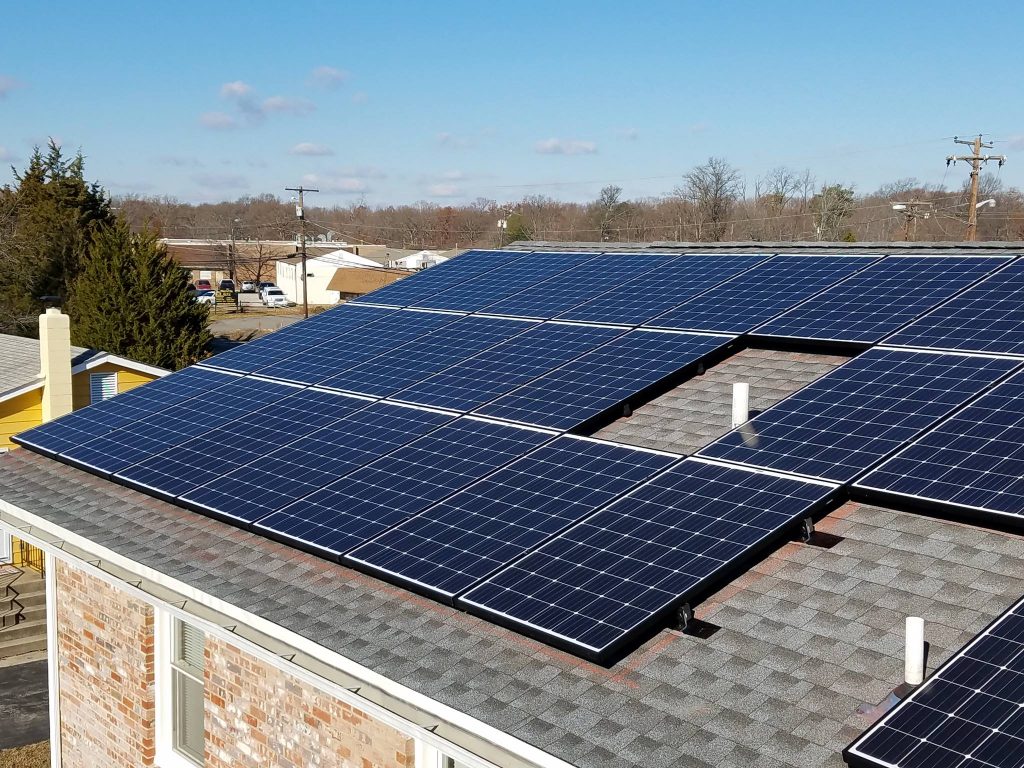
Happy MSSI customer’s in Forest Hill MD! Ready to save green while going green!
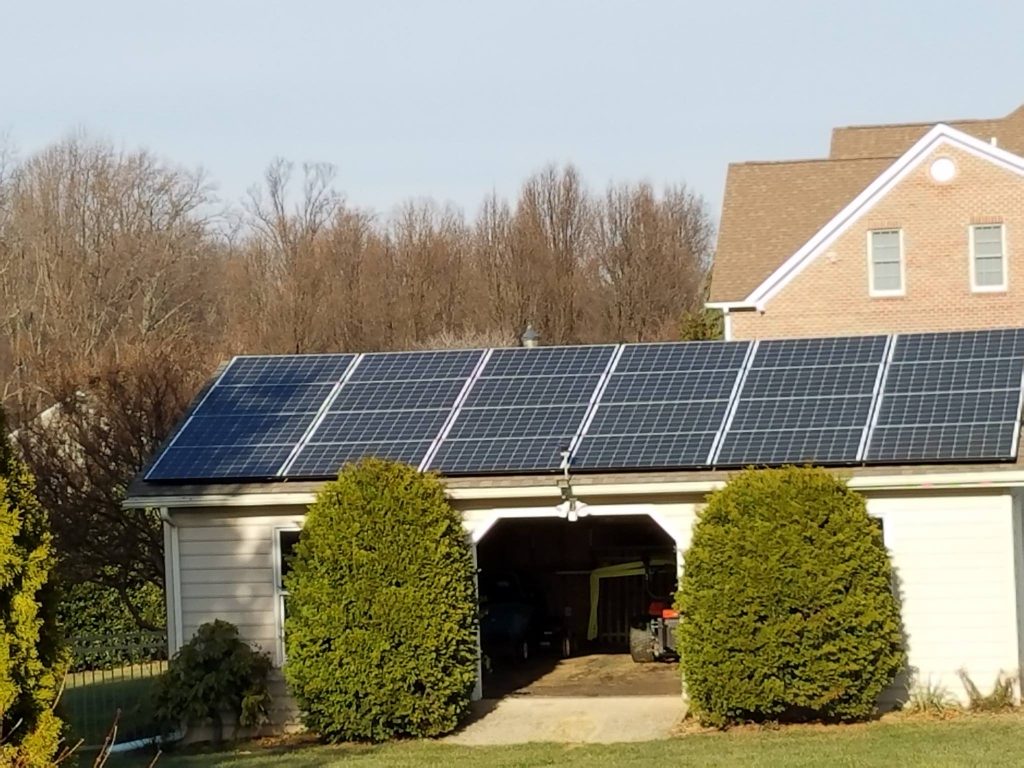
Our customer’s in Columbia Maryland are reducing their electric bill and going green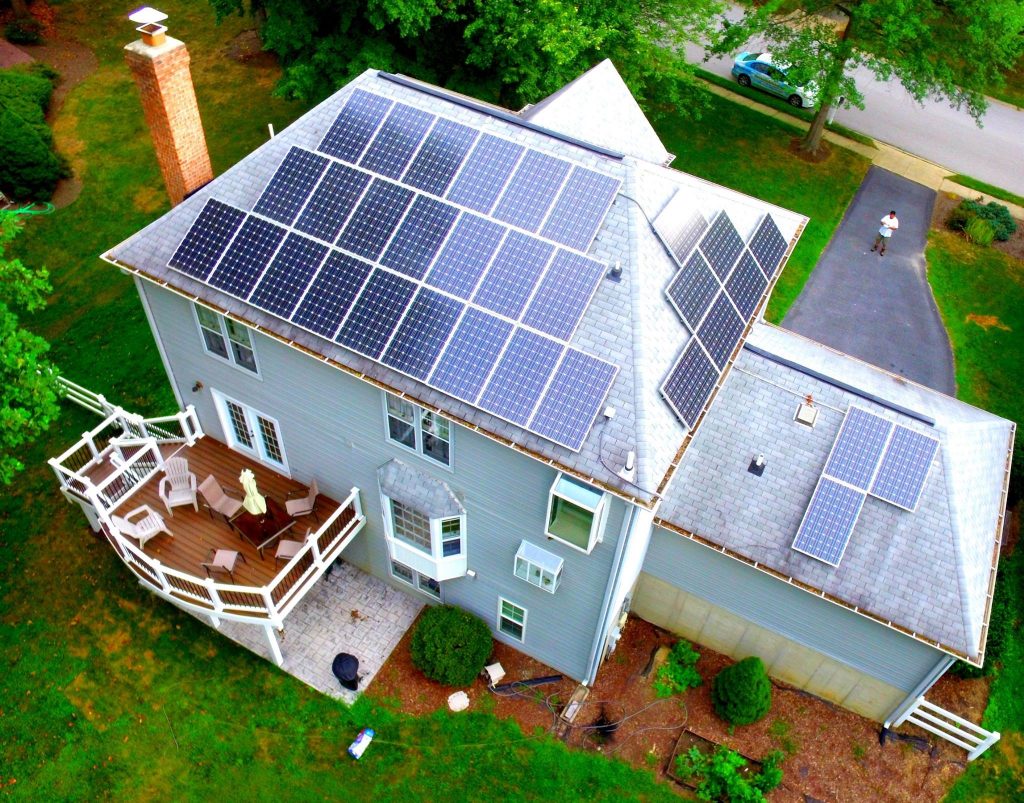
Excited to show off our installation done in Chestertown MD! Go solar!
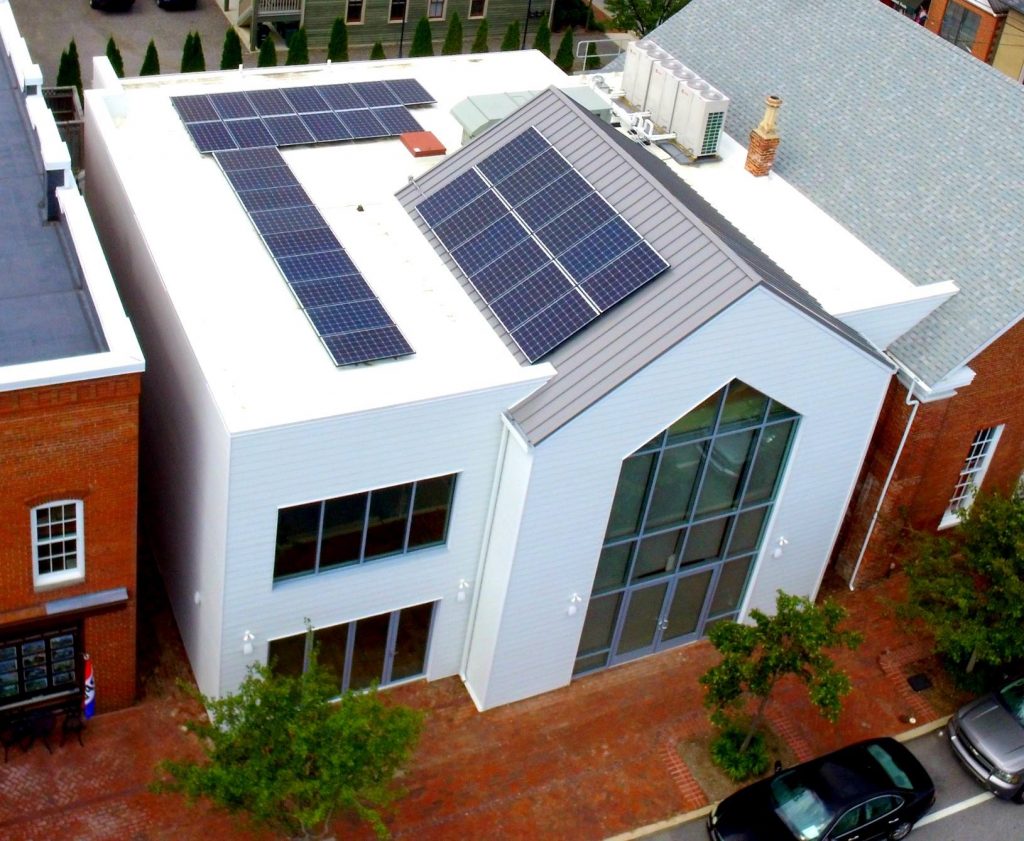
Proud of our latest installation in Gaithersburg MD! Ready to save on electric!
